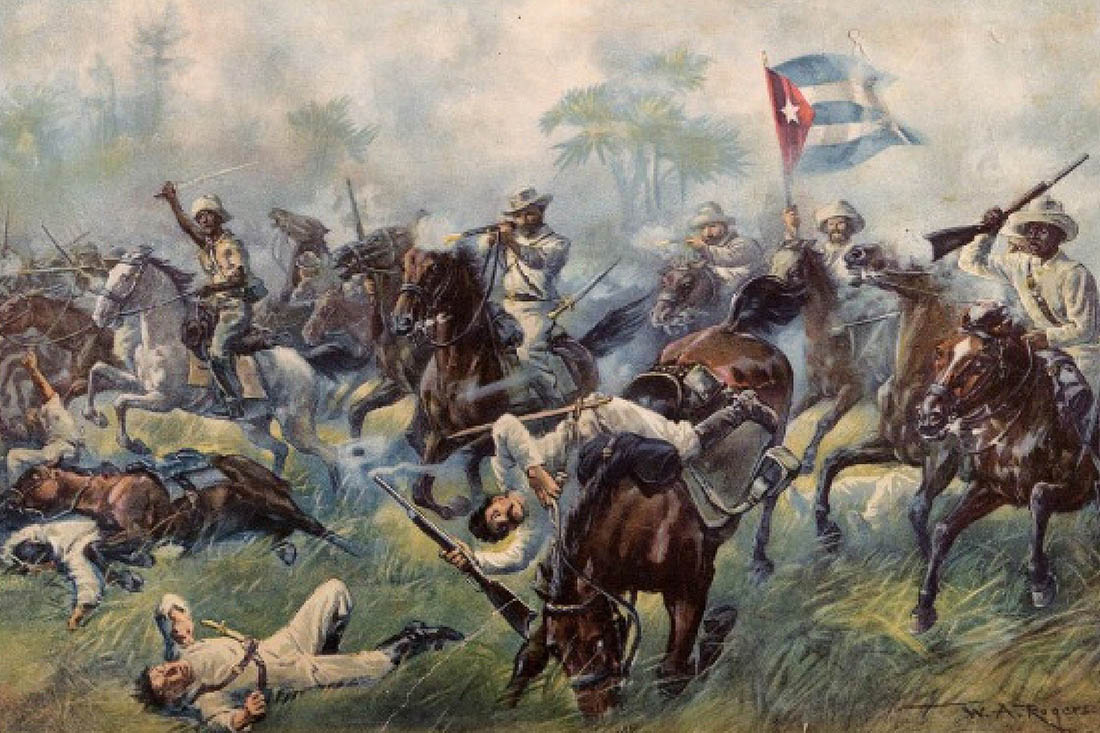The brake on the “Necessary War”
Putting ahead enormous material losses, regional devastation in farms and sugar mills, significant decrease in cattle and horses, fatigue and change of mentalities of old fighters and their families due to a decade of emancipation struggle, pessimism and lack of firm and true revolutionary unity, accommodation of some former officers and chiefs from the previous war; ideologically, an unjustified racism and fear of blacks, among other arguments for not riding again through the Camagüey plains to win full independence for Cuba.
For everything, Martí preferred to call the loyal veteran Salvador Cisneros and that the strong patriot of 68, from his personal example, attract the youth of Camagüey to rise up in a new liberating epic. To him the Master and Delegate of the Cuban Revolutionary Party (PRC) would direct a dozen agents with the aim of forming the threads of the secret conspiracy, mostly by “willing and trustworthy young people”, and when the time came to put Camagüey on the warpath. A lot of thought, dialogues between patriots, and positive energies were set in motion to achieve the ultimate goal.
For youth guidance: the Revolutionary Party
For greater political legitimacy of revolutionary plans in the midst of the preliminary process of the Revolution, the young people had to know the Bases and Statutes of the Cuban Revolutionary Party, created on the memorable date of April 10th, 1892, document that the young man Enrique Loynaz del Castillo introduced in Puerto Príncipe. Salvador Cisneros was the first one to read it. In the building occupied by El Liceo, the patriotic nucleus read the encrypted messages delivered by agent Gerardo Castellanos Lleonart with instructions from Martí. There they would share with Alejandro Rodríguez Velazco, Francisco Sánchez Betancourt and Dr. Emilio L. Luaces Iraola, the latter a former combatant of 1968.
Meanwhile, anonymous —and not so anonymous— articles and poetry published in the newspaper El Pueblo, also in El Guajiro, denounced the arbitrariness of the colonial government. Attempts to build a monument to Mayor Ignacio Agramonte; a firecracker that exploded in the Solitude Square (March 14th, 1894); the diffusion of the young journalist Rafael Usatorres of the article Domination No, Independence; the placement between two Cuban flags of the portrait of Ignacio Agramonte in the middle of a circus performance; flyers at church doors; Enrique Loynaz disembarking a shipment of arms and ammunition through Nuevitas for the young revolutionaries (March 30th, 1894); girls wearing ribbons with the national colors on their clothes; verbal confrontations between Creoles and Spanish soldiers; all manifestations contrary to the policy of “forgetting the past” according to the chief of the military force of Puerto Príncipe, Commander Camilo Palavieja y Castillo, as soon as he assumed military political power, in 1878.
Translated by: Aileen Álvarez García






